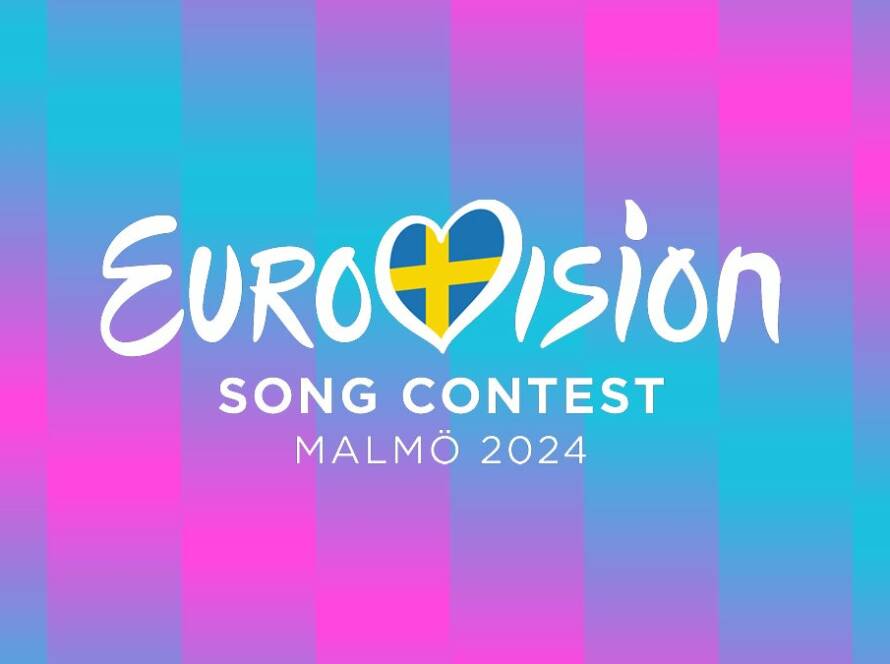Memory is our ability to preserve, remember and recount information. Memory is cultivated across history, cultures and testimonies. It contributes to the preservation of significant events and to transmit experiences to future generations. On January 27th we celebrate Holocaust Remembrance Day, to remember all of the victims. The Holocaust is one of the darkest chapters of human history, a time marked by discrimination, persecution and genocide. Communication campaigns and storytelling play an important role in elaborating, understanding and transmitting this tragedy to future generations.
“Always be like the yellow butterfly that floats over barbed wire”
Liliana Segre
Writing to not be forgotten
“I hope I will be able to confide everything to you, as I have never been able to confide in anyone, and I hope you will be a great source of comfort and support”
Anne Frank, June 12th 1942
Kitty is a diary, a friend for life with whom to confide in and tell deepest secrets and thoughts. The personification of a small journal that is born from the need to freely express herself and find comfort through writing. It’s a way to face loneliness and preserve one’s humanity in extremely hard conditions. Anne Frank’s diary has become one of the most significant documentations of the Holocaust, it’s a testament to the atrocities of the time, the fears and anxieties, but also the hopes of a young girl.
Not only Anne Frank, but many other children have written about the pain of being far from home, of their family, the constant fear of being betrayed, found and taken away. These diaries are memories of lives interrupted, tales soaked in innocence, emotional shelters in which to hide in and shoulder daily fears. They’re also an attempt to preserve a sense of normality. In the midst of desperation, documenting one’s daily life provides a connection to reality and personal identity.
This interpersonal communication becomes a means of facing personal challenges, elaborate complex emotions and find a sense of release.
Communicating through memory
Communication regarding the Holocaust has become more accessible and diverse, but often carries challenges. From denial to manipulating information. Remembrance remains extremely important in order to communicate and educate the young on the gravity of what transpired during World War II and promote tolerance and understanding.
Knowing how to communicate such horror is never easy. Explaining what happened is not simple passive description, but much more. For those who survived the Holocaust, pain and suffering did not end after being liberated. One may be freed from others but never truly be free. The need for storytelling is born from the need to platform voices that history has always silenced. Communication is a part of personal healing and sharing one’s dehumanisation in order to feel less alone.
Communication campaigns can be powerful tools for sensitising the public to the Holocaust and educate people on that history. By using different communication channels, such as social-media, documentaries, television spots and public events, it’s possible to reach a vast audience and tell significant stories.
Testimonies from survivors are a priceless resource that must be carefully preserved. Communicating a reality that appears far from our own is complex, perhaps impossible. However, it’s necessary to spread information about this dark moment to as many people as possible.
Knowledge and awareness for new generations
Since survivor’s testimonies are priceless, it’s important for future generations to preserve and transmit their memory with respect and sensibility. Accurate knowledge and awareness can contribute to preventing future acts of intolerance and genocide. Understanding and communicating the Holocaust is essential in order to avoid history repeating itself. History teaches us the dire consequences of hate, intolerance and discrimination and simply telling their stories preserves the memories of millions of victims.
Communication campaigns can encourage people to get involved actively and maintain a high sense of social ethics. For example, the creation of dedicated hashtags, participation in public events or sharing educational resources can increase people’s awareness of the message against forgetting and injustice. Through the presentation of courageous stories, of resistance and solidarity, it’s possible to promote positive values and encourage the public to stand against any form of discrimination.
“And I’m looking for a way to become what I’d like to be and what I could be if… if only there were no other people in the world”
Anne Frank, August 1st 1944





